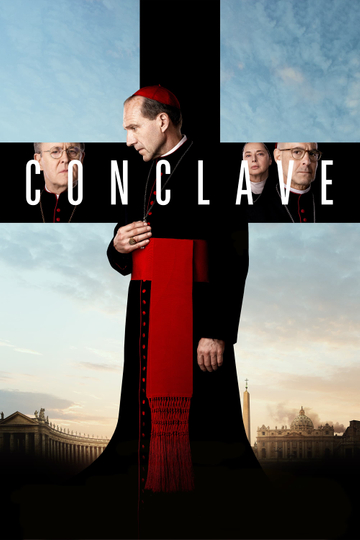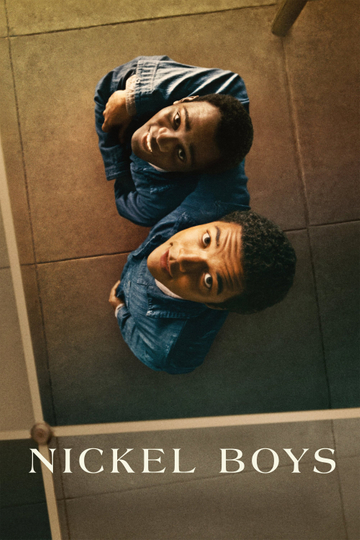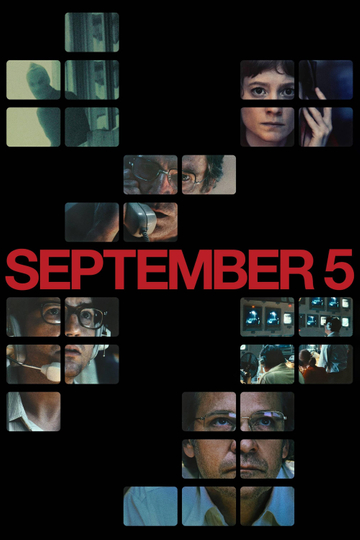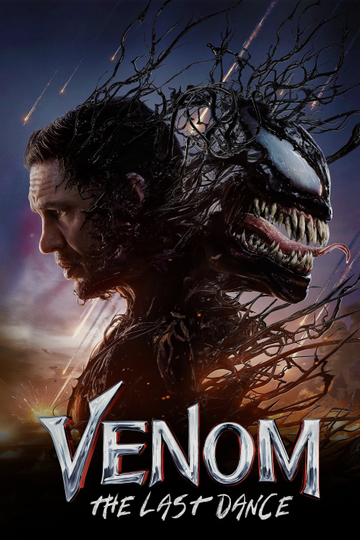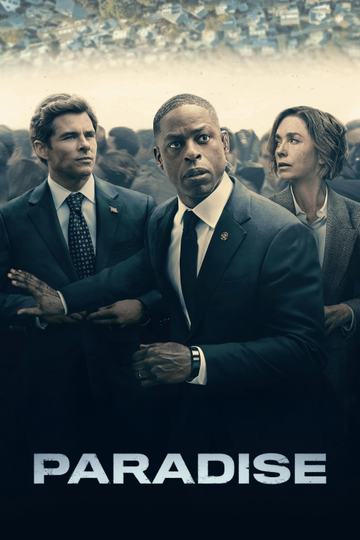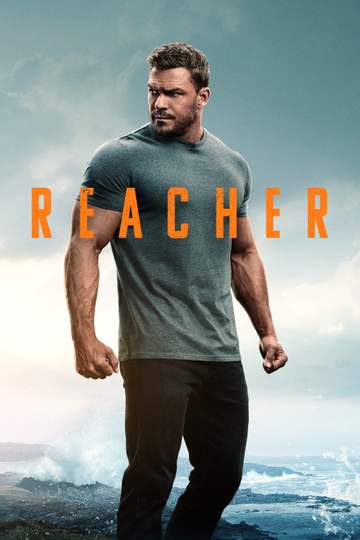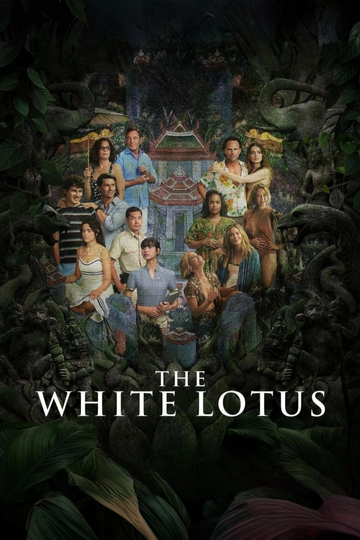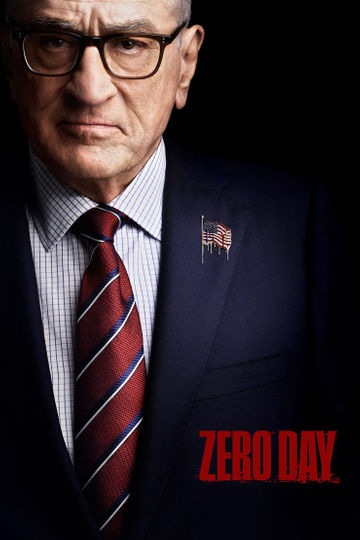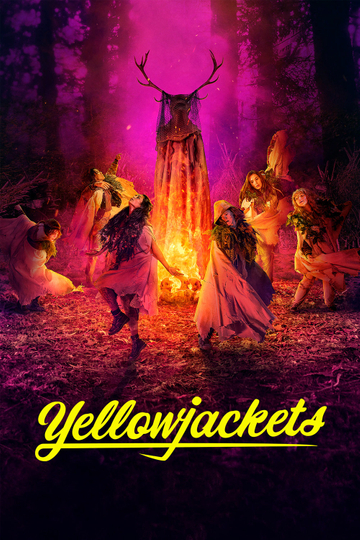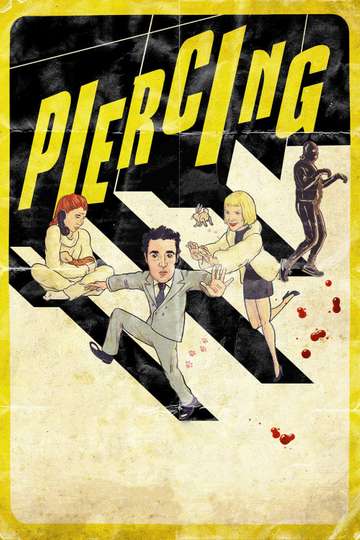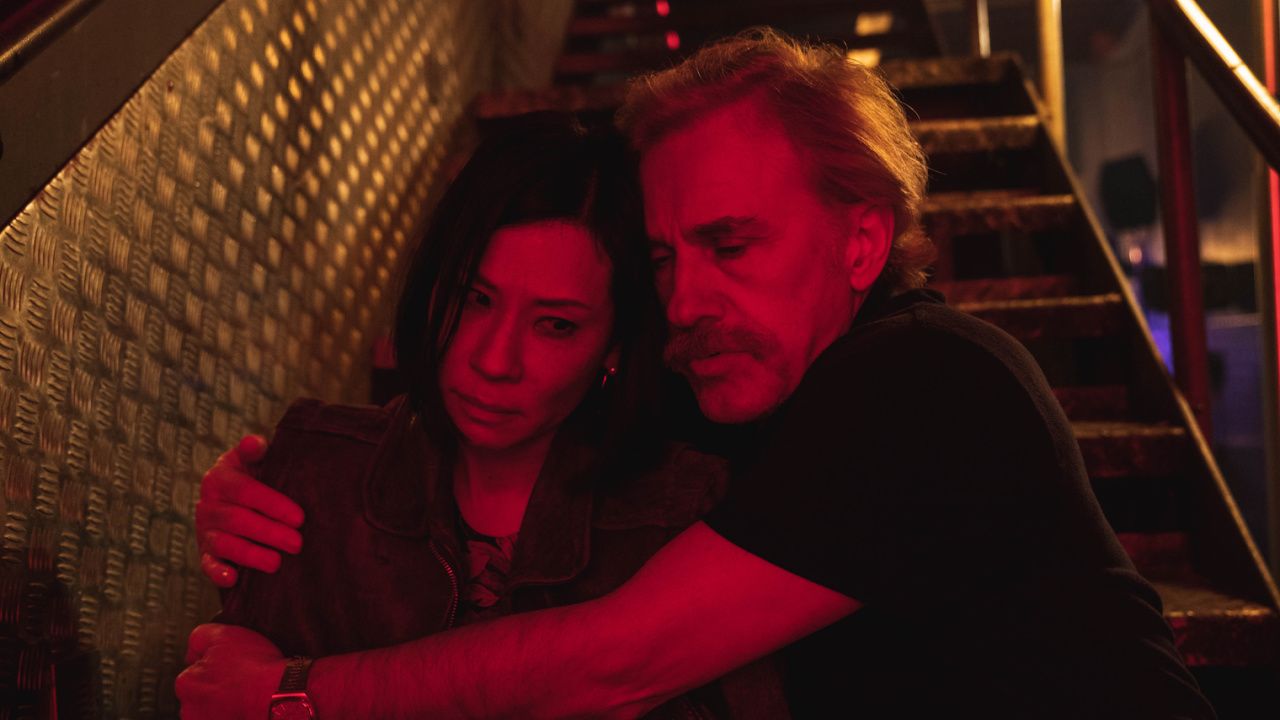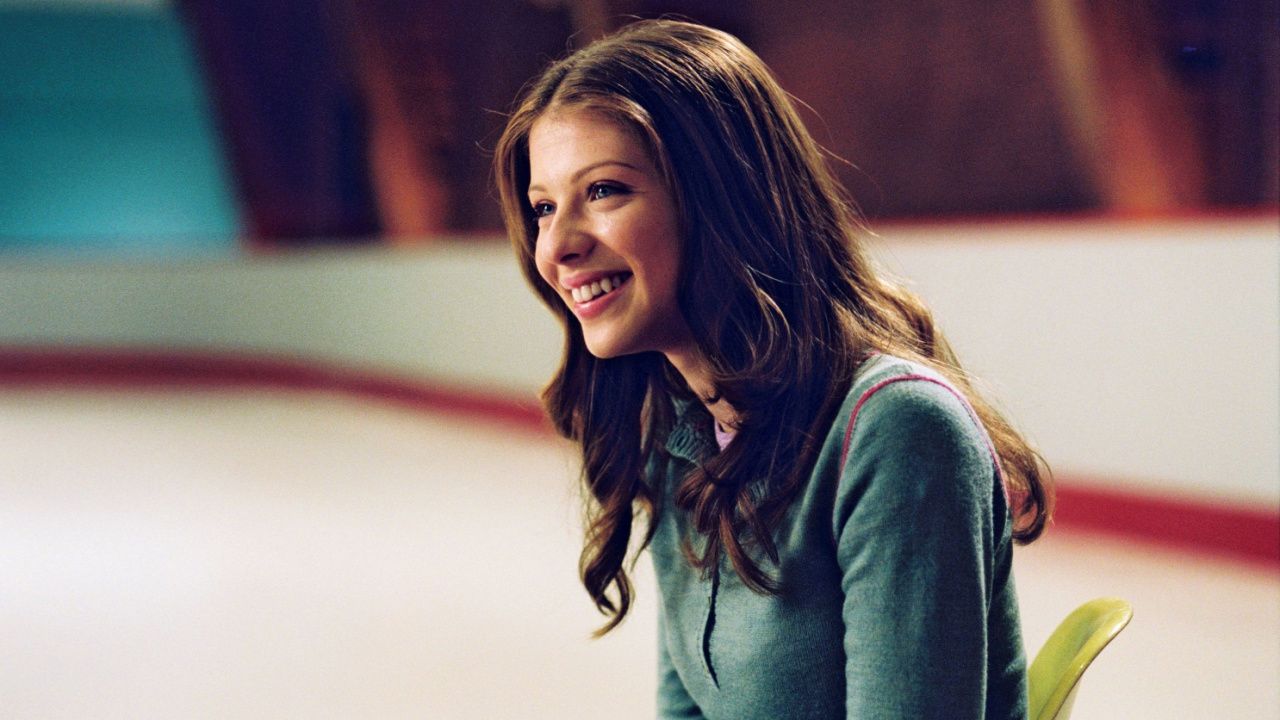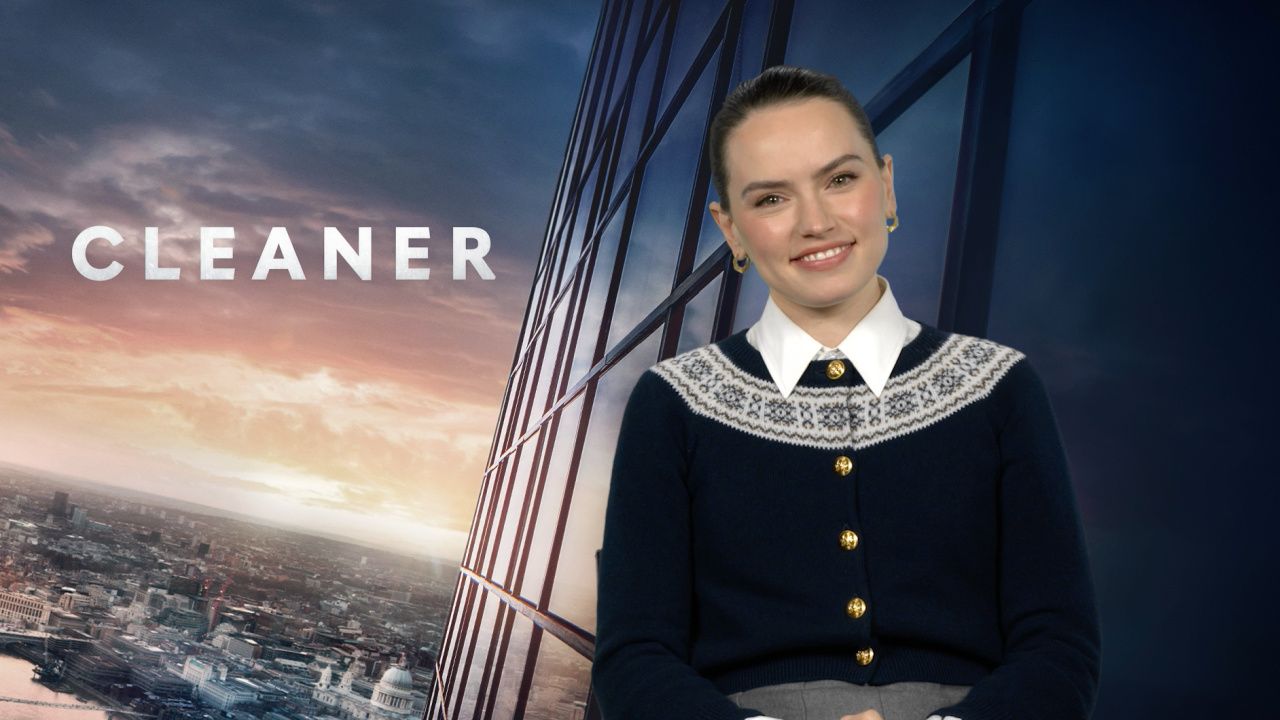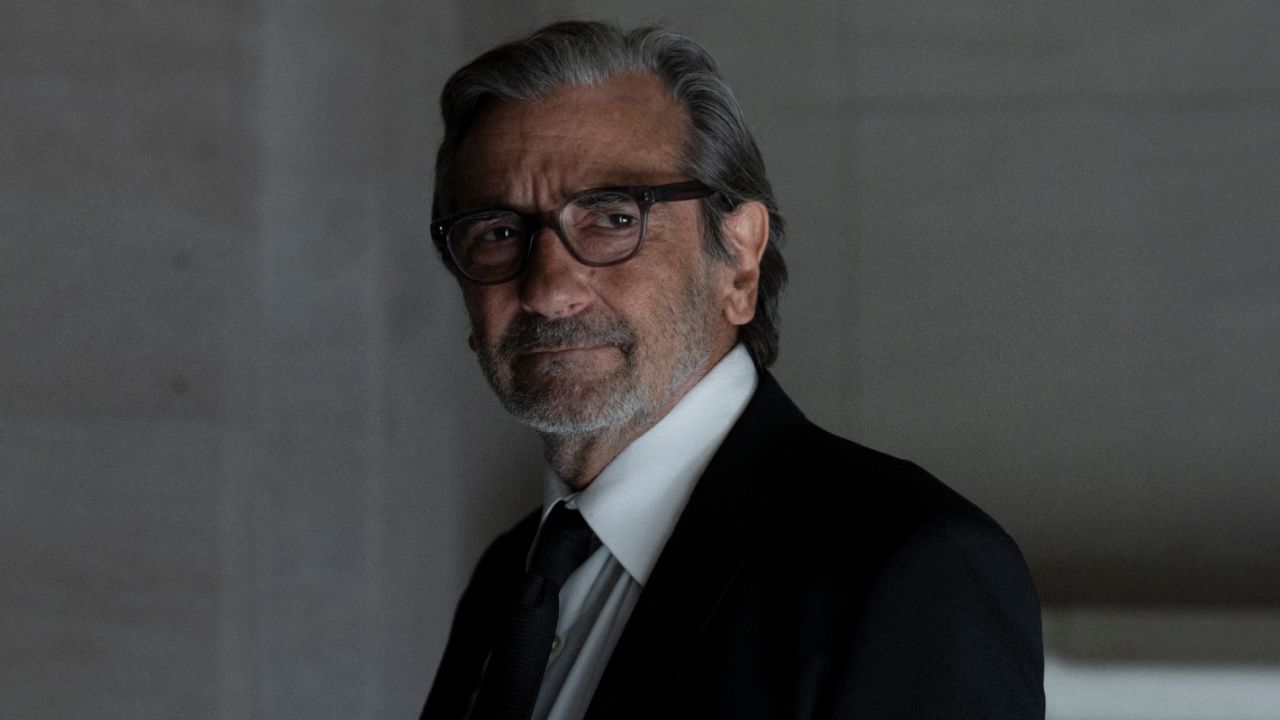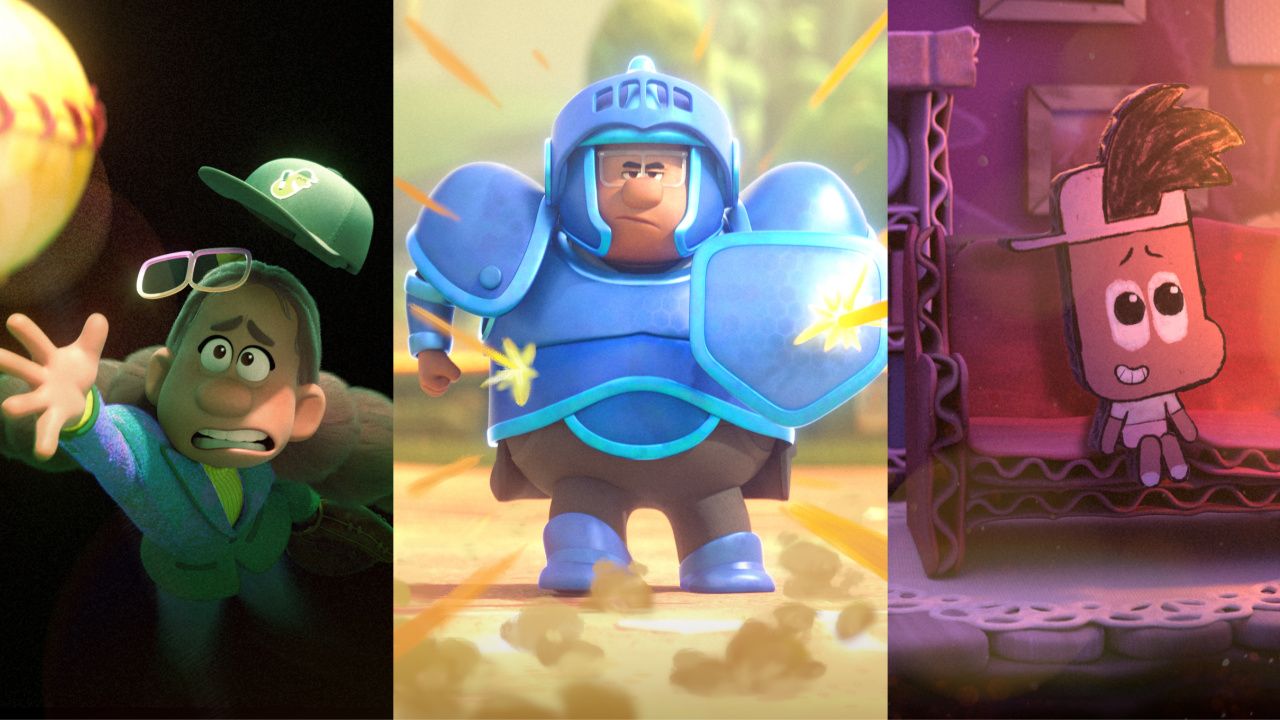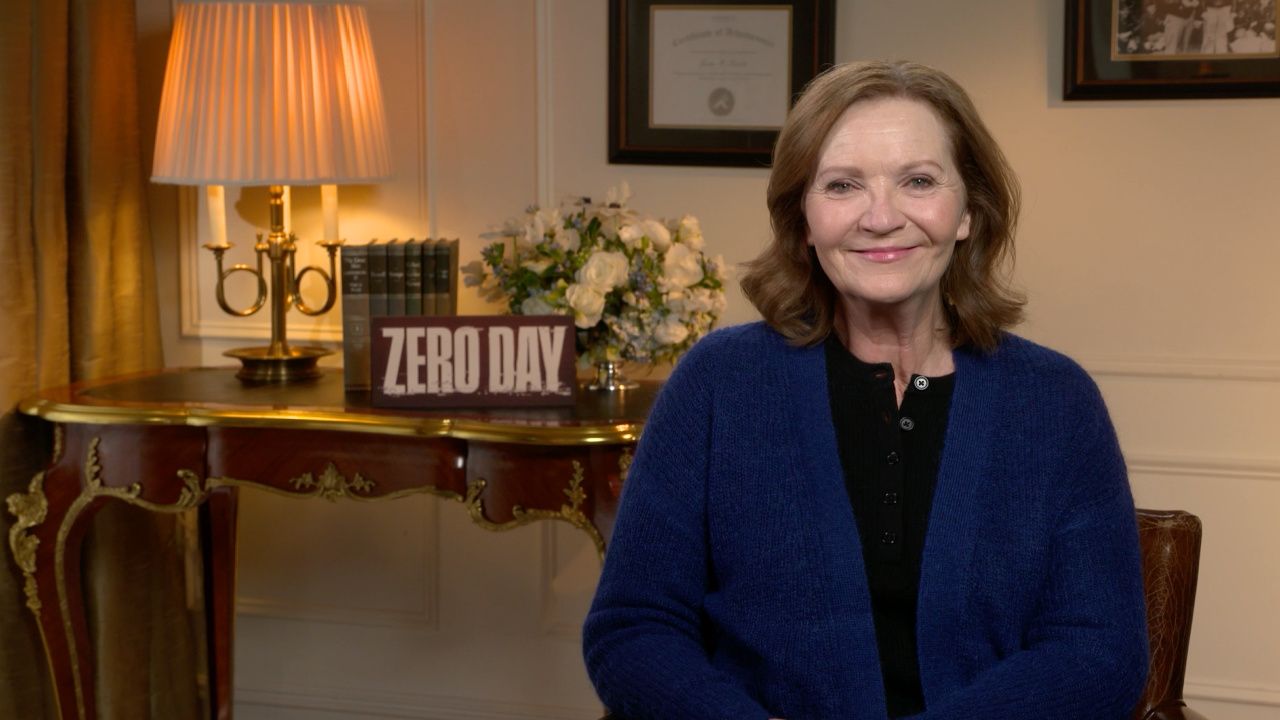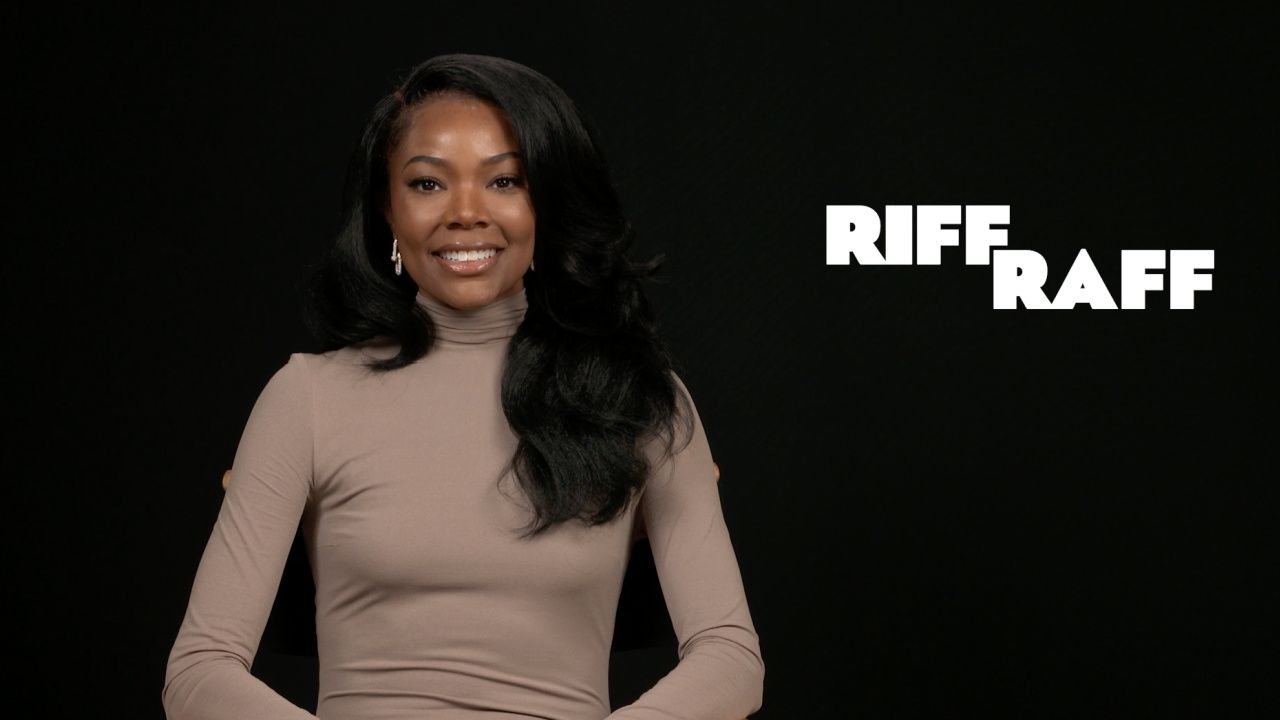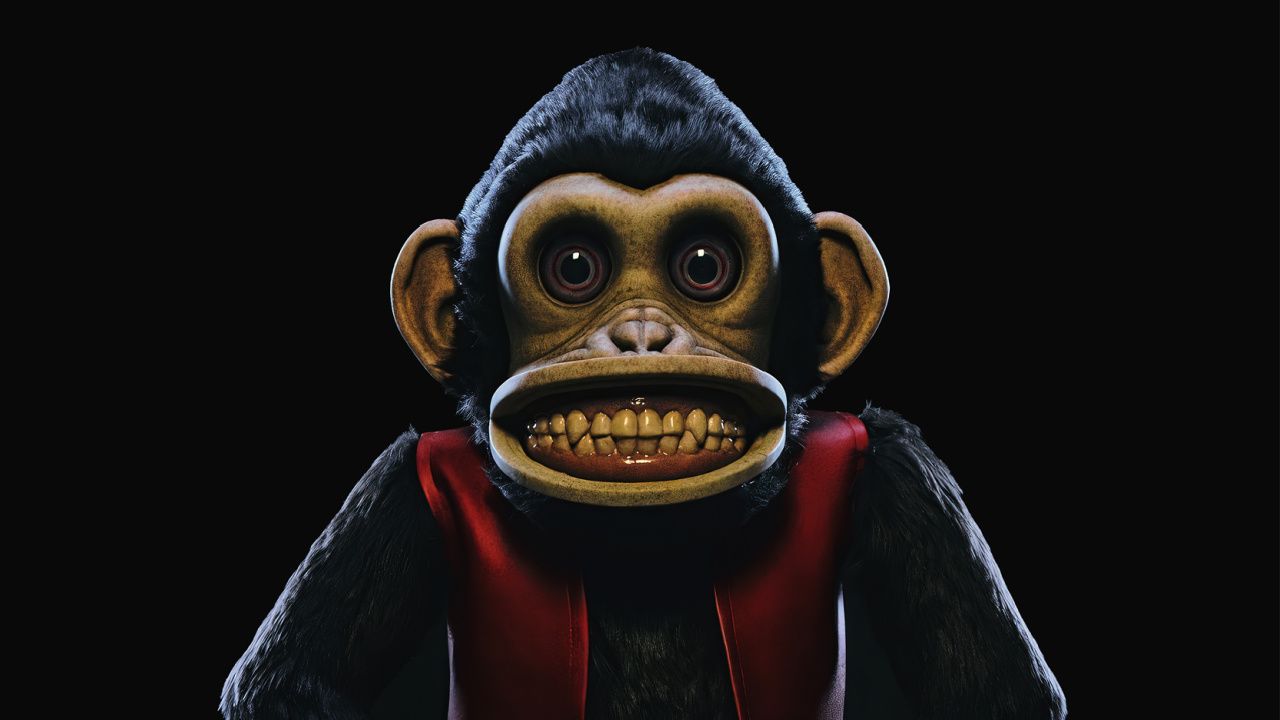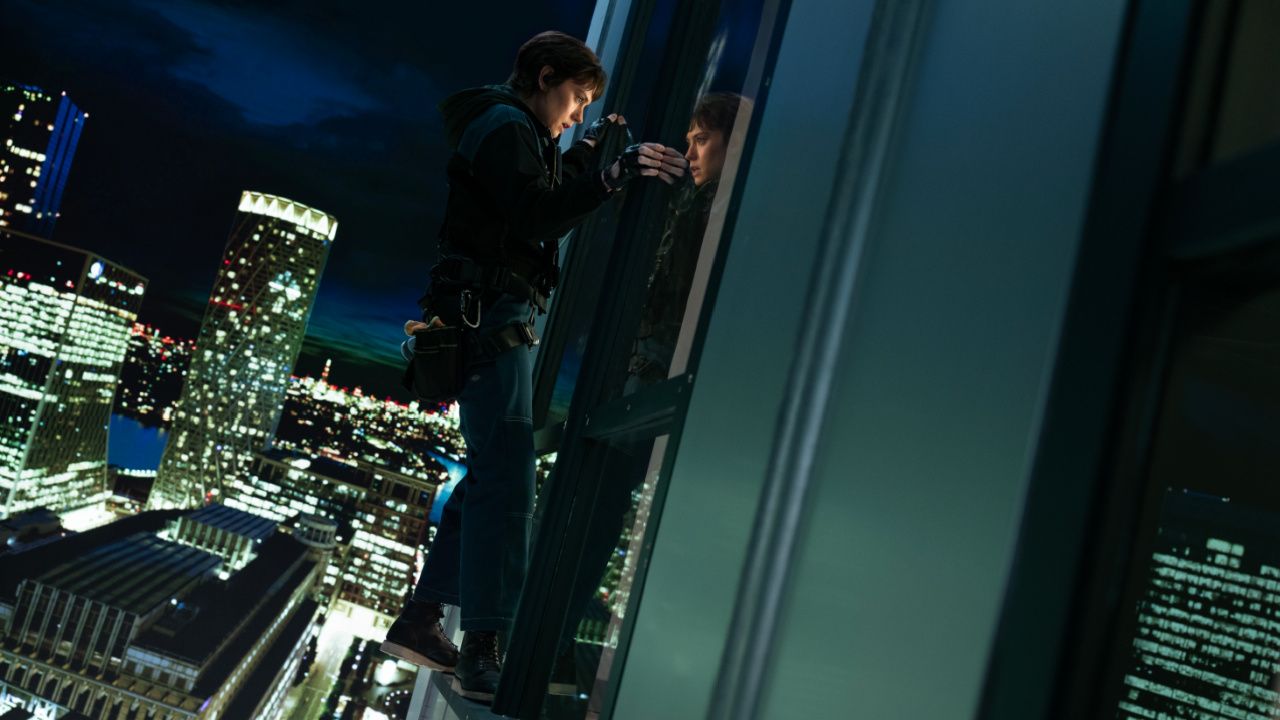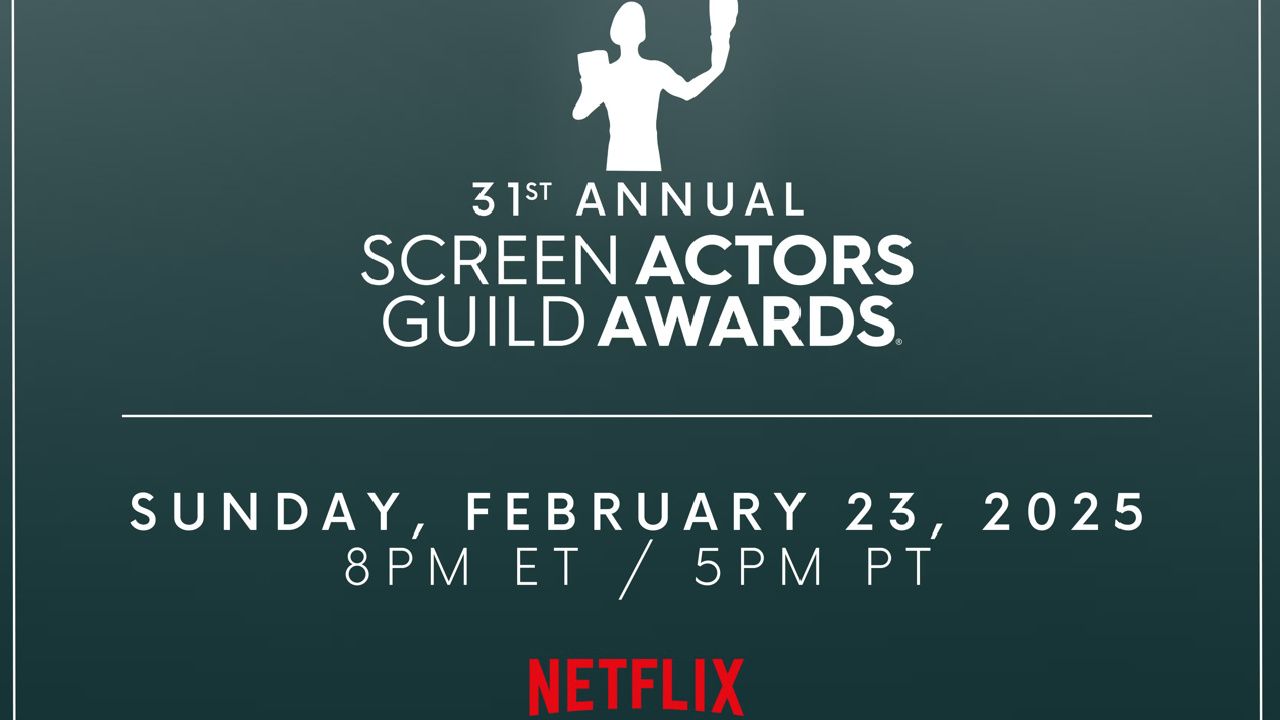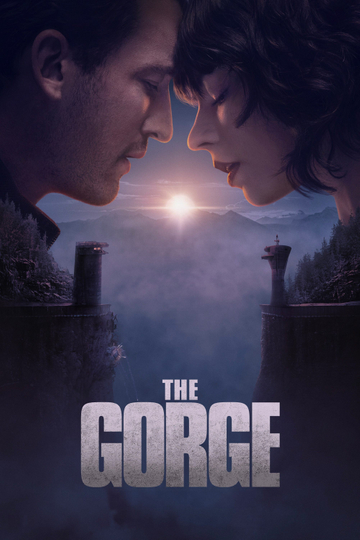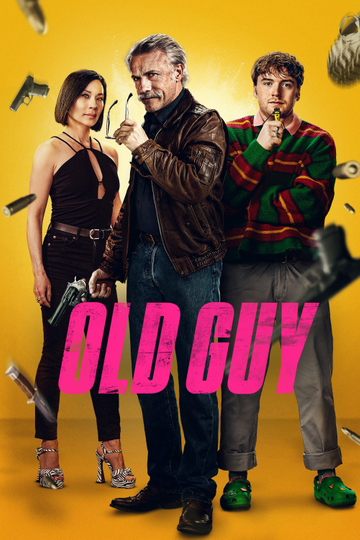Exclusive: 'Piercing' Director Nicolas Pesce on the Integral Role of Music in the Film
“Piercing” is probably one of the coolest movies you’ll ever see. I know it is one of the coolest movies I’ve ever seen, and I’ve seen a bunch of cool movies.
I saw it first at Fantastic Fest, Austin’s premiere genre-based film festival, last fall, and fell in love. It’s the tale of a young psychopath (Christopher Abbott), who gets more than he bargains for when he decides to murder a prostitute (Mia Wasikowska). It’s funny, dark and sometimes strangely uplifting. Oh and did I mention that it is also super cool?
One of the more fascinating aspects of the movie is its use of music, mostly stuff from old Italian thrillers. It works perfectly. And so I asked the director of “Piercing,” the brilliant Nicolas Pesce (you should also watch his first film, “The Eyes of My Mother,” just don’t plan on sleeping right afterwards), if he could talk us through the music and how he made the selections that he did. It’s a wonderfully inside look at how he put these great tracks together into an utterly intoxicating whole. And remember, “Piercing” is in theaters and on VOD now. However you watch it, just pray the sound is cranked all the way UP.
SHUT UP AND PLAY THE GIALLO
From Italo-Disco, to Prog-Rock, and Jazz, The Giallo Music of ‘Piercing’
By Nicolas Pesce
"Piercing" is very much my love letter to Giallo movies. I imagine some readers are asking themselves right now, “What’s a Giallo movie?” In the 1970s, Italian filmmakers, many who’d come from the world of Spaghetti Westerns, turned their sights on to a new genre, a sort of Hitchcock inspired psycho-sexual thriller. One of the more notable aspects of these movies, was the music. There’s nothing that makes a movie feel more Giallo than the music. Within the genre, there were variation in visual aesthetic, and some variation in stories, but the one major constant, the thing that tied all the movies of the genre together, was this very specific sort of blend of Italo-disco, Jazz, Prog-rock, and big orchestral score.
There’s a quality to these scores that is magical. And it’s impossible to reproduce. That might sound lazy but listen to the tracks and you’ll know what I mean. Technically, from a recording engineering standpoint, but also creatively. They are so specifically part of a very specific and short-lived moment. These tracks are so big, and tense and mysterious. But they’re also playful and romantic. They manage to bridge all the seemingly disparate tones we play with in "Piercing."
There’s something about these scores that makes the audience under the tone and mood of the movie immediately. The music helps you understand how to watch the movie.
And not to mention, the music is just so damn good.
“Tenebre” by Goblin (from Tenebre dir. Dario Argento)
This is one of my favorite Goblin tracks ever. It’s so epic and dramatic. But it’s also a song that really makes you want to dance. Sure, it may be a cue from a movie score, but you could have easily played that in any club, and no one would know. The first time I watched Tenebre, I discovered I’d lost the remote for my Blu-ray player. As I searched for what felt like hours, the Blu-ray menu played the first 40 seconds of this song on repeat. I don’t know how many times I heard that 40 second loop play, but it was a lot, and I still love this track. So that’s saying a lot. I eventually found the remote and watched the movie. And then many times after that. I think it’s my favorite Argento movie. At least right now it is. And it’s one of Goblin’s best soundtracks.
“Profondo Rosso” by Goblin (from Deep Red dir. Dario Argento)
Another Goblin track. As a band they straddle this awesome weird line between Prog-Rock and disco, and I couldn’t love it more. The Goblin tracks, to me, are the bangers on this soundtrack, so we needed to save them for important moments. They’re also the most recognizable tracks in the score, so in order to not be distracting, we had to use them sparingly. We used one for the end, so that you’re walking out of the theatre feeling like John Travolta in "Saturday Night Fever," but with some latex underneath your leisure suit. And the other for the first time our two main characters meet. The whole movie is about these two characters sort of accidentally derailing each other’s’ lives. So, the moment they first meet is a big one. It’s also the movies first use of split screen, so we needed the sequence to be bursting with style and energy in the way that only Goblin can.
“Too Risky a Day for a Regatta” by Stelvio Cipriani (from Tentacles dir. Ovidio Assonitis)
How great is the title of this track? While this movie may not be a Giallo movie in the strictest sense of the word, composer Cipriani brought that Giallo heat nevertheless. Cipriani started off as a staple of the Spaghetti Western. And you can draw a straight line from Spaghetti Westerns to Giallo movies. When the western went out of style, the Italian directors who’d built their careers on the American-set action movies switched gears to pseudo-Hitchcockian styled pulp thrillers and took all their crews with them. And most importantly, their composers came along too. So now you have the composers from the Spaghetti Westerns writing disco tracks for thrillers, and I mean, how awesome does that sound? Cipriani is one of the greats, even if you don’t know his name. In this campy "Jaws" rip-off weirdly starring John Huston, however awesome the movie may be in a fun sort of way, the star of the show is Cipriani score. This track, with one hell of a title, is one of those tracks that you just makes you dance.
“Camille 2000” by Piero Piccioni (from Camille 2000 dir. Radley Metzger)
Piccioni’s score for this movie is absolutely stunning. It’s huge and romantic, with sweeping strings of full orchestras, arranged as if for the pit of a Broadway Musical, or the love theme from some epically romantic old Hollywood fair. But here’s the catch, Camille 2000 is essentially a soft-core porno. It’s very soft, and it's highbrow, but it could safely fall into the category. I don’t mean this to disparage porn or the film. I mean that only to point out that when most people think of more adult sorts of films of the 60s and 70s, a very particular style of music comes to mind. But here, Piccioni has disposed of the “Bow-chicka-wow-wow” guitar driven funk, and replaced it with something far more elegant, loving and romantic. His music puts a spin on the tone of "Piercing"’s violently seductive tete-a-tete, one that in spite of the kink, is filled with love and romance. Piccioni’s music is moving, and its quality, the actual tone of the recordings, is filled with a warmth reminiscent the music that accompanied old Hollywood love stories… but twinged with the necessary dose of sleaze.
“The Red Queen Kills Seven Times” score by Bruno Nicolai (film dir. Emilio Miraglia)
I heard this score before I saw the movie. Which is sort of a funny way to discover a film these days, but a path I find myself down often. I hope that will happen for some people who watch "Piercing." There are such awesome companies right now that are working so hard to keep not only vinyl alive but bring attention to a lot of super obscure movies. Companies like Mondo/Death Waltz, Waxwork, Dagored (who released this record) are keeping audiences interested in awesome old movies. Bruno Nicolai’s score for "Red Queen..." makes up the majority of "Piercing"’s soundtrack. We needed to find a movie that was obscure enough that most people wouldn’t immediately recognize the music, or at least, not have strong memories or emotional associations with the music already. But it also had to be a good enough movie to have a great score. It also needed to be scary and tense in a very very specific way but match the tone exactly. We knew that throughout the movie we would always need to retreat back to one central score in order to keep the otherwise pieced together soundtrack feeling cohesive. Searching for the right score felt like trying on clothes. We tried on a lot of movies’ scores. And when we tried on this one, it just fit.
I will also point out that there are a number of music cues in this movie that are not from old Italian movies. The music that plays in the world of the movie, the “diegetic” music, or the music that the characters can hear, that’s where we chose to use music that wasn’t from other movies. Pop and Soul songs from various decades, older and contemporary, a sort of hodge-podge of time periods (like the visual design of the movie). We tried to find tracks that feel familiar, classic, and timeless, but are songs you’ve never heard. Much of the world of "Piercing," from the visual design, to the performances, to the story itself, it all feels almost like real life, but something is off, and makes it feel wrong. We wanted even the music in the world to feel slightly off so that it all feels almost like the world we know, but yet unfamiliar. Our music supervisor on the film was Randall Poster, who is incredibly talented with some incredible taste. Getting to build this part of the world with him was a lot of fun.
A large part of choosing music like this, music from other movies, is getting to have this conversation. Getting to talk about the movies and somewhat obscure genres that inspired me. I have such a passion for introducing people to movies and genres they may have never heard of and talking to people who have seen every movie I’m stealing from and got a kick out of the inside jokes I put in there for them.
At the Q&As after screenings, the music is always brought up. It comes up in one of two ways. Either the audience member has seen the original movies that I pulled music from, and they thought it was fun, because before seeing this movie, they didn’t think anyone in the world other than them had seen a movie like "Camille 2000." The other version is, “What was that awesome disco track during the end credits?” And then I get to tell them about Goblin and "Tenebre." And I’m a huge film nerd, so that’s pretty awesome.


